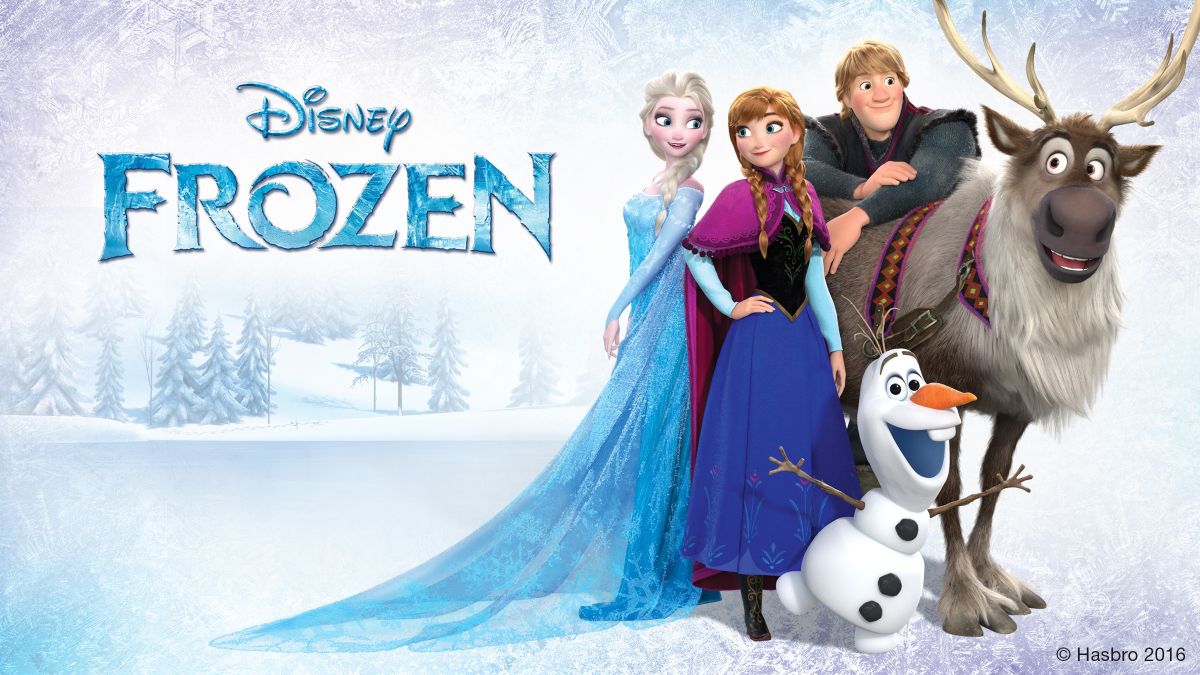Claude Levi-Strauss
His theory was that the narrative in films always have a binary opposition. For example, in Western films, The Cowboys are seen as domestic, Christian and inside society, whereas, The Native Americans are seen as strong, savage and outside of society. This theory is relevant for almost every film but especially works in; Superhero movies, Western movies and Fairytales.
Vladimir Propp
His theory was that there is always character roles in fairytales but this also applies to many films as well, the major roles are;- The Hero (seeks something)
- The Villain (opposes the hero)
- The Donor (helps the hero by providing a magic object)
- The Dispatcher (sends the hero on his way)
- The False Hero (falsely assuming the role of hero)
- The Helper (gives support to the hero)
- The Princess (the reward for the hero, but also needs protection from the villain)
- Her Father
Levi-Strauss' theory applies extremely well in The Amazing Spider-Man.
The protagonist in the movie is Peter Parker (Spider-Man) whilst the antagonist is Dr Curtis Connors (mutated lizard man). At the beginning they were both protagonists but as time went on Dr Curtis Connors got mutated and turned into the lizard man who tried to destroy the city.
Vladimir Propp's theory applies to various different movies. One that partially sticks out to me is Frozen.
- The Hero - Anna
- The Villain - Elsa (could also be considered a protagonists towards the end)
- The Dispatcher and The Helper - Kristoff
- The False Hero - Hans
- The Princess - Anna and Elsa
- Her Father.

No comments:
Post a Comment